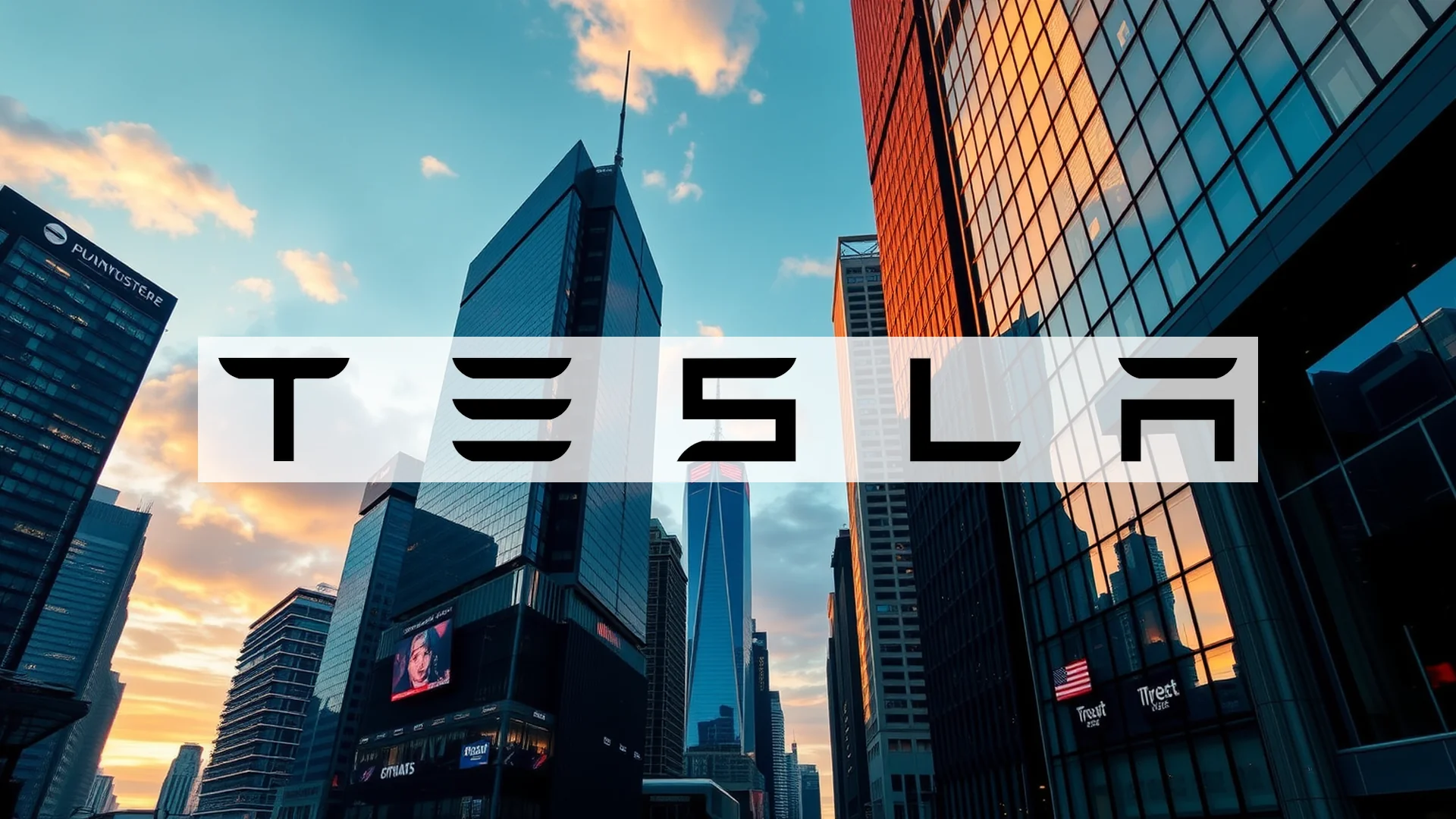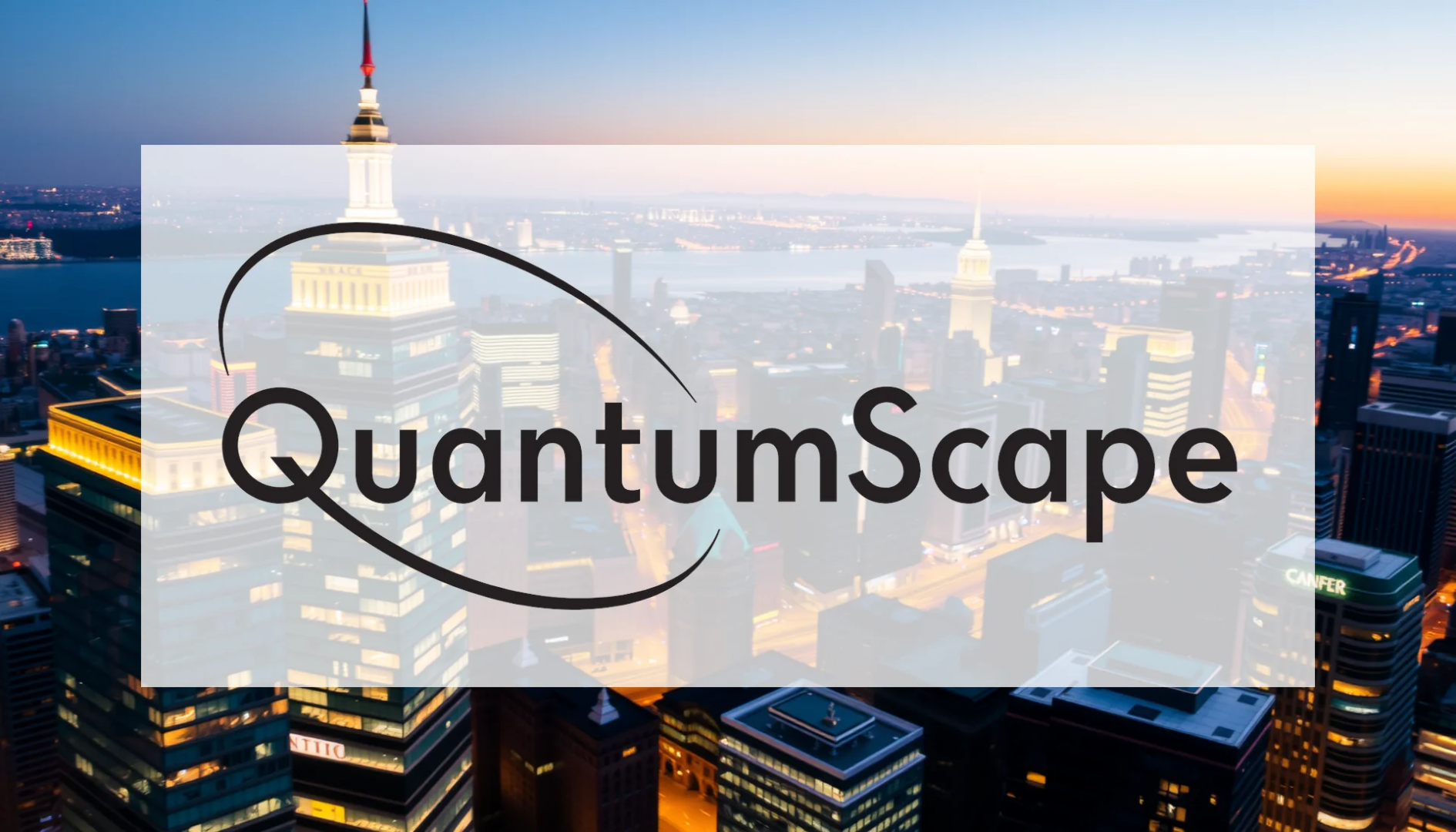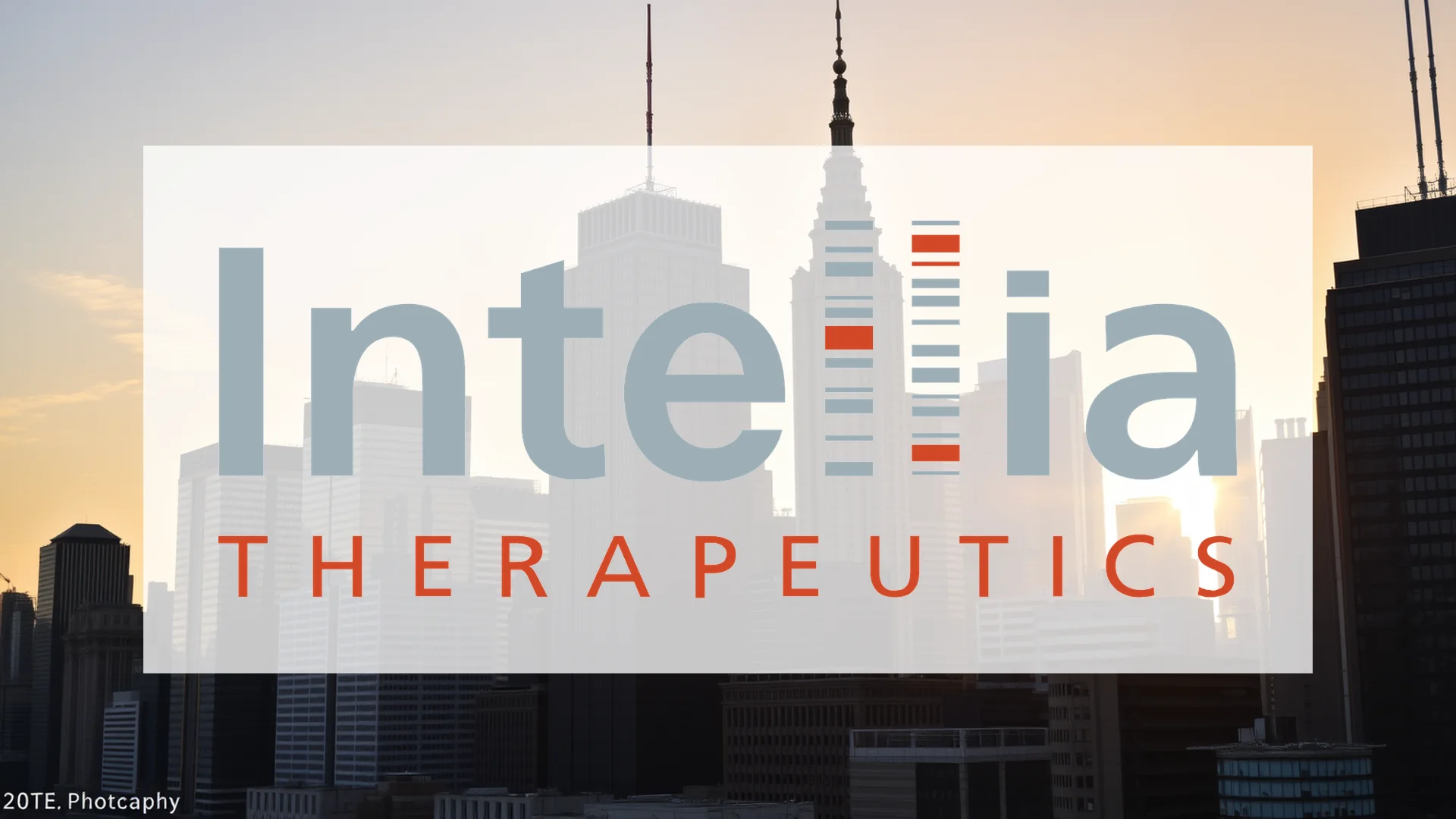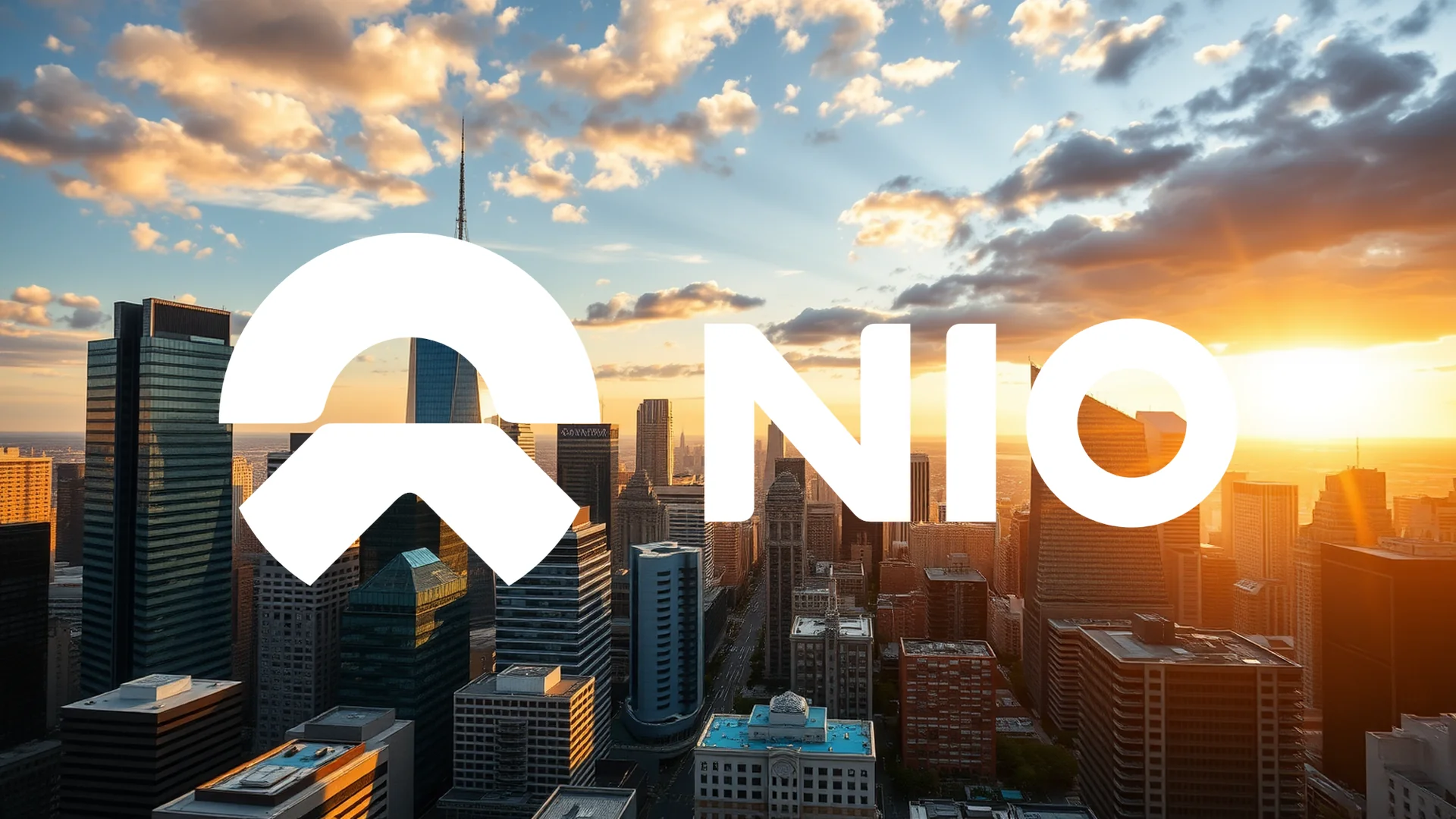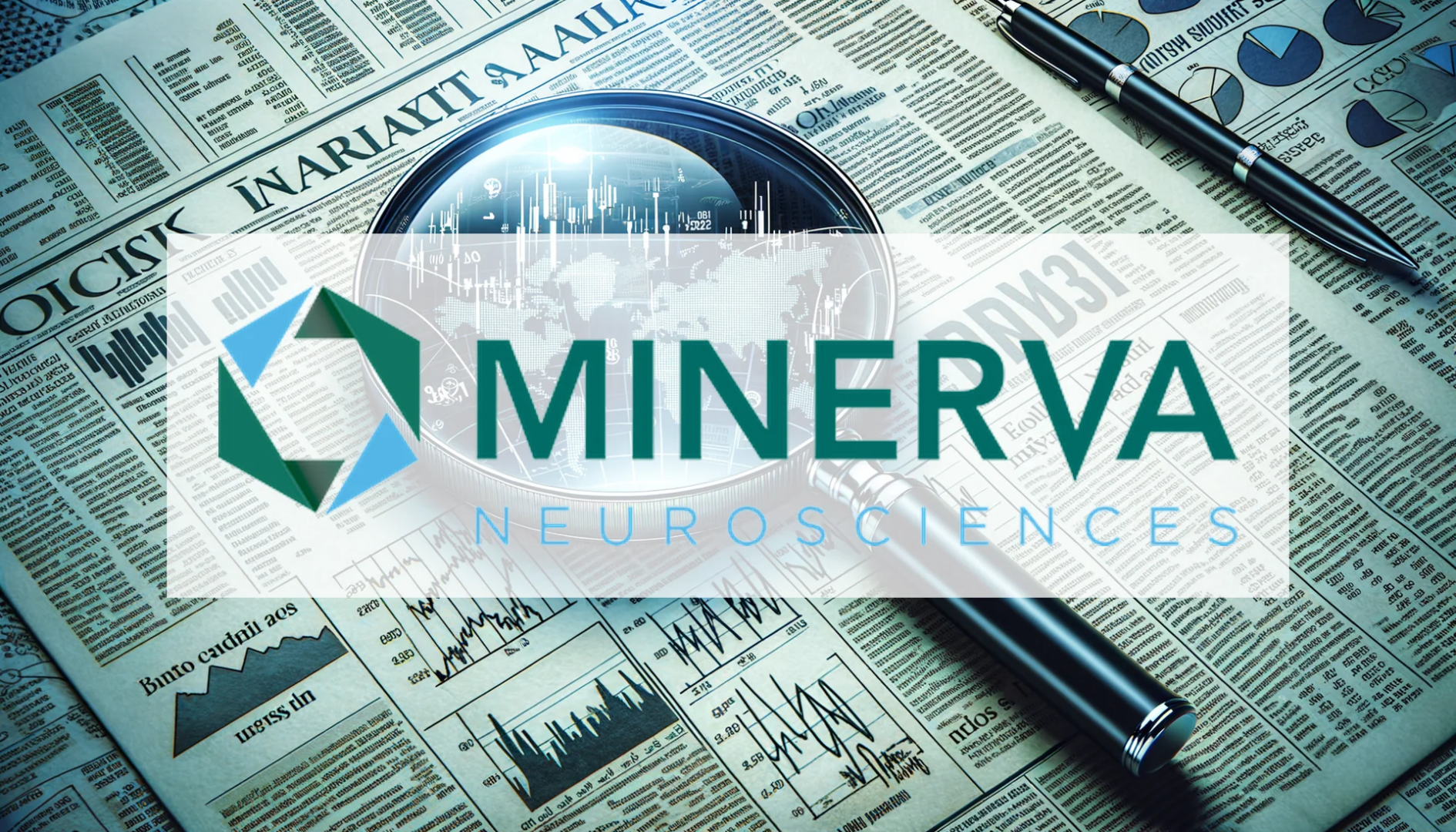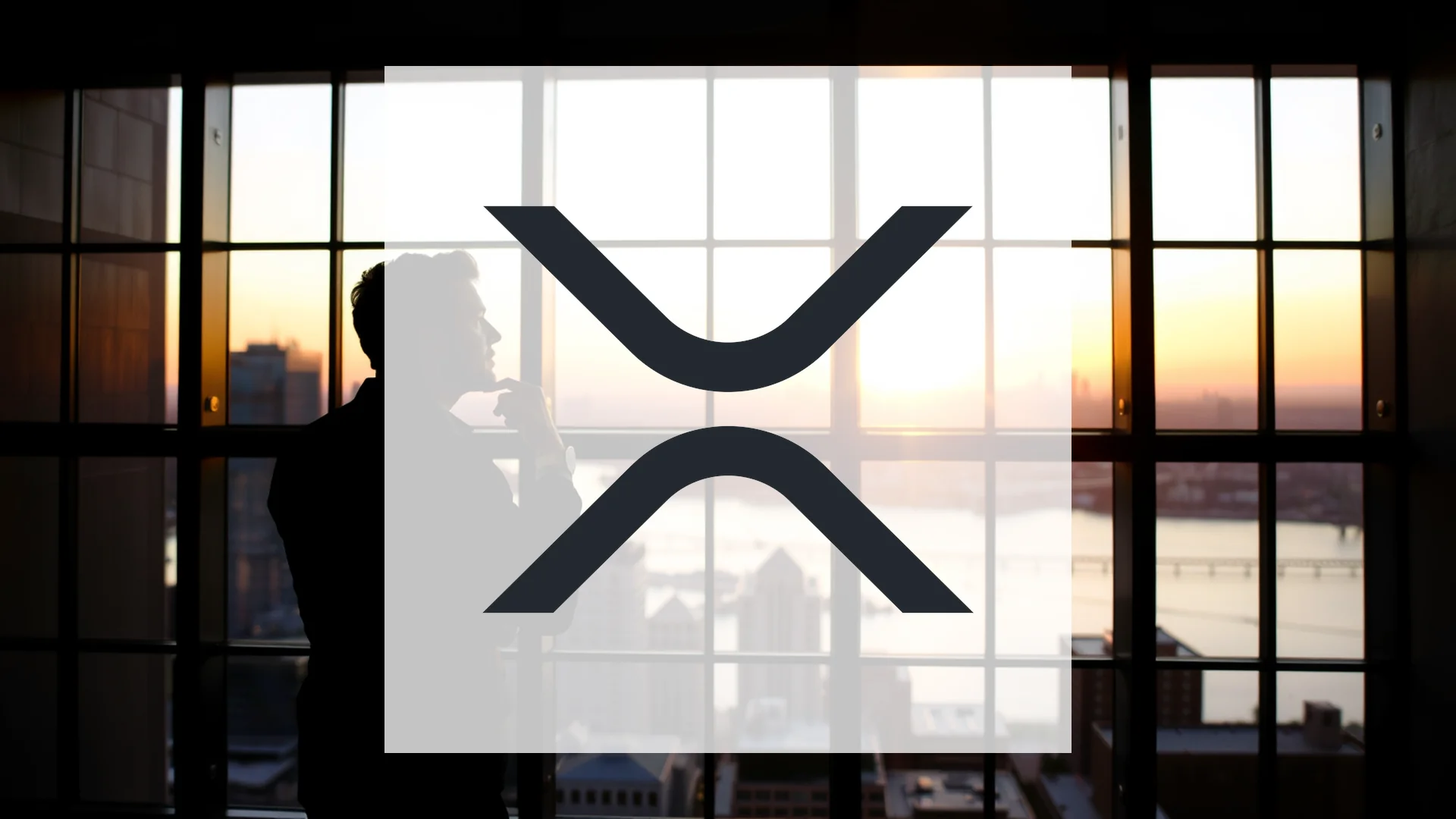A significant regulatory milestone in Arizona and expanded public testing in Texas are accelerating Tesla’s autonomous vehicle strategy, even as competitive pressures mount and investor sentiment remains measured.
Regulatory Green Light in the Desert
Arizona transportation authorities granted Tesla official permission this Tuesday to operate a ride-hailing service, marking a pivotal step toward commercializing the company’s self-driving technology. The approved TNC (Transportation Network Company) permit enables Tesla to transport paying passengers throughout the state, positioning Arizona as the third U.S. jurisdiction to authorize such services for the electric vehicle manufacturer.
The authorization currently requires human safety drivers to remain behind the wheel during all passenger trips. Tesla has been conducting tests with these safety operators in Arizona since September and can now begin generating revenue from these operations. The company has submitted a separate application to regulators for operating fully autonomous vehicles without human supervision, though that approval remains pending.
Texas Testing Expands to Public
Concurrent with its Arizona regulatory achievement, Tesla is broadening its autonomous vehicle testing program in Austin, Texas. The service, previously accessible only through invitation, is now available to all iPhone users in the area. This strategic expansion significantly widens Tesla’s real-world testing pool, enabling the collection of extensive user data from public operations. The Austin initiative serves as both a live technology laboratory and a potential model for future market deployments as Tesla works toward CEO Elon Musk’s stated objective of operating in up to ten cities by the end of 2025.
Should investors sell immediately? Or is it worth buying Tesla?
Charging Network Gains Major Ally
In a separate but strategically important development, Stellantis announced Tuesday that it will incorporate Tesla’s North American Charging Standard (NACS) into its electric vehicles starting in 2026. The automotive conglomerate, whose portfolio includes Jeep, Ram, and Peugeot brands, joins a growing roster of manufacturers adopting Tesla’s charging technology.
This industry-wide embrace effectively establishes NACS as the de facto charging standard across North America, providing Tesla with substantial competitive advantages. The widespread adoption reduces barriers to electric vehicle ownership for consumers while creating long-term revenue opportunities for Tesla through third-party utilization of its Supercharger network.
Competitive Landscape Intensifies
The Chinese electric vehicle manufacturer XPeng announced on the same day that it plans to launch three separate robotaxi models in 2026, signaling intensified global competition in the autonomous ride-hailing sector. This development underscores the increasingly crowded and competitive nature of the self-driving technology race.
Despite these positive operational developments, market reaction was subdued. Tesla shares declined 1.25 percent during Tuesday’s trading session, closing at $402.67. This tempered investor response may reflect concerns about ongoing regulatory challenges and technical hurdles that could potentially delay implementation timelines. The company faces significant scrutiny with its quarterly report scheduled for late January 2026, when market participants will be looking for concrete data regarding vehicle deliveries, profit margins, and measurable progress in the autonomous ride-hailing business segment.
Ad
Tesla Stock: Buy or Sell?! New Tesla Analysis from November 19 delivers the answer:
The latest Tesla figures speak for themselves: Urgent action needed for Tesla investors. Is it worth buying or should you sell? Find out what to do now in the current free analysis from November 19.
Tesla: Buy or sell? Read more here...

